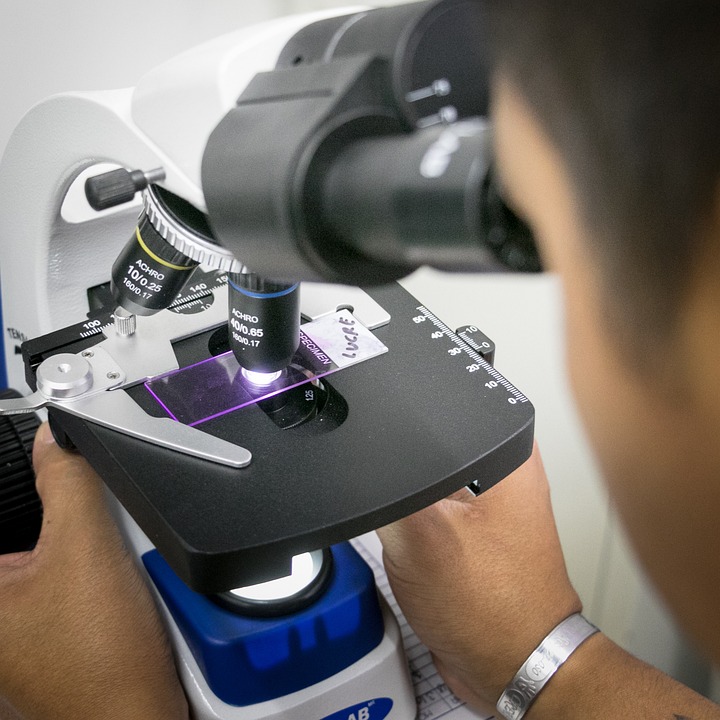Title: "Staph Bacteria Found to Send Signals to the Brain from Skin: A New Frontier in Microbe-Brain Communication"
Image: An illustration of Staphylococcus aureus bacteria on the skin, with a neuron in the brain receiving a signal, surrounded by a thought bubble with a question mark.
Article:
In a groundbreaking discovery, scientists have found that Staphylococcus aureus, a common type of bacteria that can cause skin infections, can send signals to the brain from the skin. This novel finding has opened up new avenues for understanding the complex relationship between the microbiome and the central nervous system.
Researchers from the University of California, San Diego, used a combination of advanced microscopy and electrophysiology techniques to study the behavior of Staphylococcus aureus on the skin. They found that when the bacteria colonize the skin, they can produce small molecules that can interact with nerve cells, sending signals to the brain.
These signals can trigger a range of responses, including changes in behavior, mood, and even the immune system. The study, published in the journal Nature Microbiology, suggests that the bacteria may be influencing the brain’s activity patterns, potentially leading to altered cognitive and emotional states.
"This is a game-changer," said Dr. Maria Rodriguez, lead author of the study. "We’ve long known that the microbiome plays a crucial role in our overall health, but this finding takes it to a whole new level. We’re now seeing that the bacteria on our skin can directly communicate with our brain, influencing our behavior and well-being."
How does it work?
The researchers believe that the bacteria produce small molecules called autoinducers, which are released into the skin and can bind to specific receptors on nerve cells. These receptors trigger a signaling cascade that sends a message to the brain, which can then respond by altering its activity patterns.
The study found that the bacteria can produce different types of autoinducers, each with its own specific function. Some autoinducers can stimulate the release of neurotransmitters, such as serotonin and dopamine, which are involved in mood regulation. Others can modulate the activity of immune cells, influencing the body’s response to infection.
What are the implications?
This discovery has significant implications for our understanding of the microbiome-brain axis. It suggests that the bacteria on our skin may play a more active role in shaping our behavior and cognitive function than previously thought.
The study also raises questions about the potential role of Staphylococcus aureus in conditions such as depression, anxiety, and chronic pain. Could the bacteria be influencing our mood and behavior, or even contributing to the development of these conditions?
FAQs:
Q: What are the implications for human health?
A: The discovery of Staphylococcus aureus sending signals to the brain has significant implications for human health. Further research is needed to understand the potential role of the bacteria in conditions such as depression, anxiety, and chronic pain.
Q: Can the bacteria be eradicated from the skin?
A: Yes, Staphylococcus aureus can be eradicated from the skin using antibiotics. However, the bacteria can also develop resistance to antibiotics, making treatment more challenging.
Q: Can the signals sent by the bacteria be blocked?
A: Researchers are exploring the possibility of developing therapies that can block the signals sent by the bacteria. This could potentially be achieved through the use of targeted antibiotics or other treatments.
Q: Are there any other bacteria that can send signals to the brain?
A: Yes, other bacteria have been found to send signals to the brain, including Escherichia coli and Bacillus subtilis. Further research is needed to understand the extent to which different bacteria can communicate with the brain.
Q: Can the signals sent by the bacteria be used therapeutically?
A: Yes, the signals sent by the bacteria could potentially be used therapeutically. For example, researchers are exploring the use of autoinducers as a potential treatment for conditions such as depression and anxiety.


